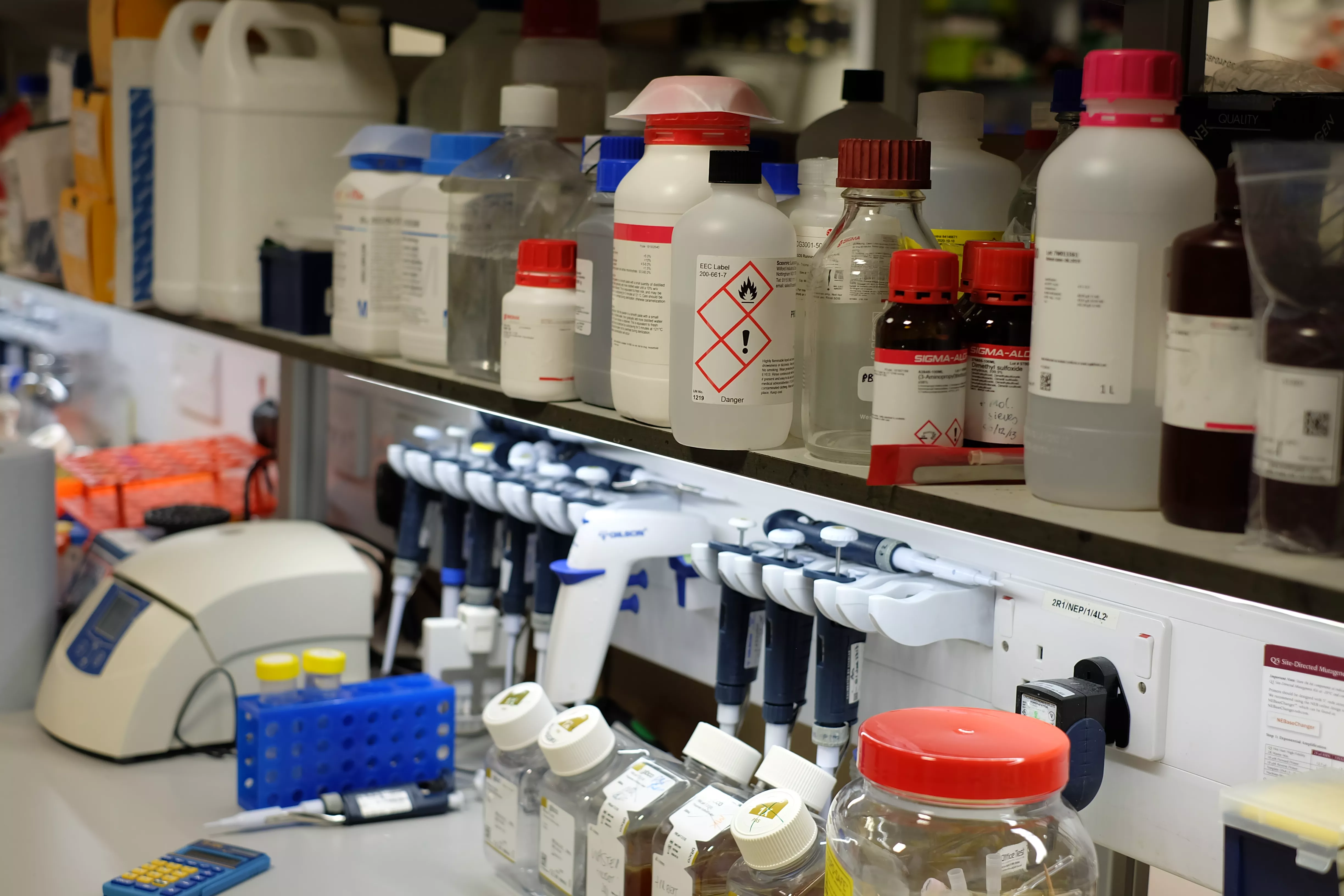
New research we funded into a medieval remedy has found it to be effective at killing harmful bacteria, as well as safe to use on living cells. This could be the first steps towards a new treatment to treat foot ulcers, a leading cause of amputations in people with diabetes.
Diabetes is the most common cause of lower limb amputations in the UK. A person with diabetes is 20 times more likely to experience an amputation than someone without the condition. And around 80% of these amputations are preceded by foot ulcers. These ulcers don’t always respond to the antibiotics that are currently available, so there’s a real need to find new ones.
What does the research tell us?
Most antibiotics come from natural sources and researching traditional remedies has proven successful in discovering new antibiotics in the past. Dr Freya Harrison and her team at the University of Warwick have been studying historical manuscripts to uncover new sources and types of antibiotics that could help people with diabetes recover from hard to treat infections.
They discovered a remedy used in medieval England called Bald’s eye salve, made from garlic, onion, bile salts, and wine. In previous experiments, Dr Harrison’s team showed that the combination of ingredients killed Staphylococcus aureus, a bacteria that can infect foot ulcers. In this new study, the researchers have now found that the medieval eye salve remedy is effective at killing off Neisseria gonorrhoeae, a bacteria that is resistant to modern day antibiotics and which can cause eye infections in new-born babies.
The researchers then conducted a series of tests to check whether this medieval remedy is likely to cause irritation when applied to skin or the eyes. The results suggested that any irritation is minimal, and at a level similar to treatments already in use today. The researchers also found that when applied to surgical wounds on mice, the salve did not interrupt the normal wound healing process.
These findings are really promising, and pave the way for testing the salve’s safety and effectiveness in humans and one step closer to much-needed new ways to treat foot ulcers caused by diabetes.
Anna Morris is our Assistant Director of Research. She said:
“Foot ulcers precede more than 80% of amputations in people with diabetes. Dr Harrison’s new findings open the door to the development of much-needed new ways to treat foot ulcers. We look forward to seeing how this medieval recipe might be able to make a difference to foot-care in the future.”
The paper was published in Scientific Reports.
